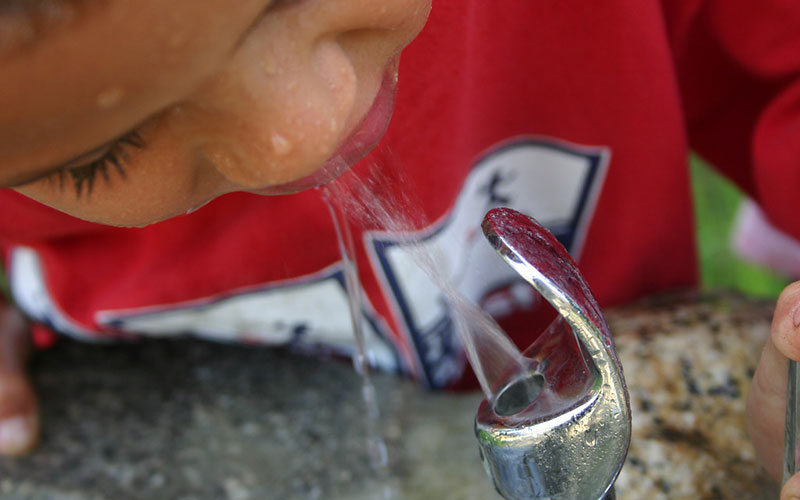
Photo: Jeff Turner (CC by 2.0)
October 10, 2019 (BOSTON, MA) – Conservation Law Foundation (CLF) released the following statement today after the Environmental Protection Agency announced plans to amend the federal Lead and Copper Rule to establish a 10 parts per billion “trigger level” for addressing lead in public water systems. The current action level under the rule remains 15 ppb.
“It’s imperative that we end childhood lead poisoning in our lifetime,” said Amy Laura Cahn, Director of CLF’s Healthy Communities and Environmental Justice program. “Don’t be fooled into thinking that families will be protected by this proposed change. We need a health-based standard that recognizes the only safe level of lead for kids is zero. That – and removing lead pipes from our water infrastructure – must be the only goal for regulators.”
Under the lead and copper rule, public water systems are required to sample taps for lead regularly, and if ten percent or more of those samples exceed the standard, the system must correct the issue. However, neither the new “trigger” nor the action levels are based on human health impacts. And these changes do not create a necessary maximum contaminant level under the Safe Drinking Water Act.
CLF has been pushing for stronger lead regulations in schools and childcare centers throughout New England, including enacting legislation in Vermont and New Hampshire to require schools and childcare centers to test all taps for lead. You can read more about CLF’s efforts to prevent childhood lead poisoning.
CLF experts are available for further comment.
###
